Text and Photos by Henrylito D. Tacio
Most of them lived in the highlands and mountains. During the Spanish and United States colonization, the indigenous peoples (IPs) — as they called now — were not given much prominence. As a result, they have retained their customs and traditions.
According to the National Commission for Indigenous Peoples (NCIP), the Philippines is a culturally diverse country with 110 ethnolinguistic groups. Of the country’s total population, 12% of them are IPs.
On Mindanao, there are reportedly 18 indigenous groups and called collectively as “Lumad” (a local term for “indigenous” or “natives”). Among the most well-known groups are the T’boli and the B’laan (or Bla-an). The other groups are the Ata, Bagobo, Banwaon, Bukidnon, Dibabawon, Higaunon, Kalagan, Mamanwa, Mandaya, Mangguwangan, Manobo, Mansaka, Subanen, Tagakaolo, Teduray, and the Ubo.
These ethnic groups can be distinguished by their language and culture. One observer noted: “The cultural heritage is visible in their clothes and ornaments they wear. Housing, economic activities, cultural habits and often religion are all very traditional. Some groups learned to know tourism as a good alternative to earn extra money. In general however, the indigenous groups still live like in the past.”
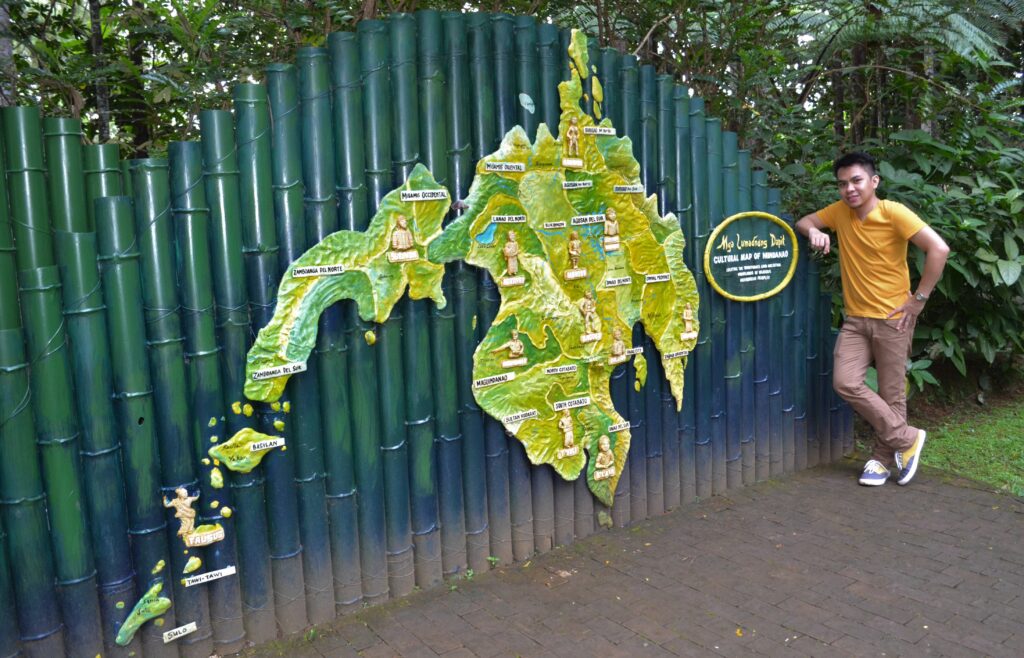
The map 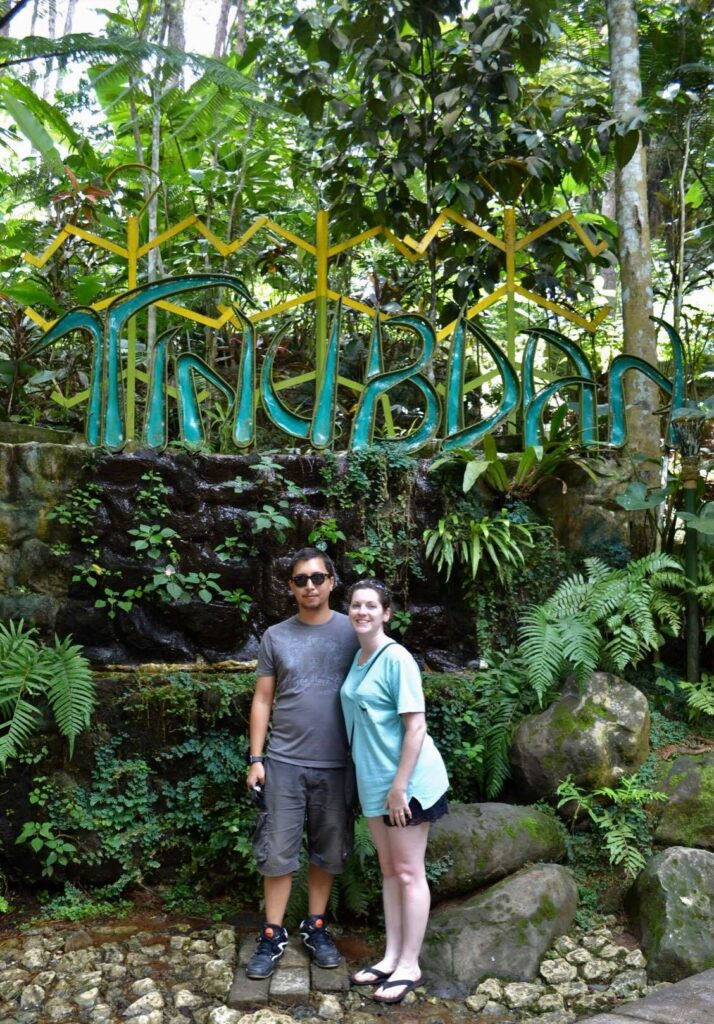
Tinubdan landmark
In Davao City, there is a beautiful human-made resort nestled at the foot of Mount Talomo in Toril, Davao City, that tries to preserve the cultural heritage of the “lumads.” I am referring to Eden Nature Park and Resort. At 2,650 feet above sea level, it offers breathtaking views of Davao City and the Davao Gulf.
The place used to be a remnant of logging concessionaires in the 1970s. But Jesus V. Ayala, who owned the area, saw the potential of the area. So, he instructed his people to make terraces carved out of the mountain slope. As this developed, thousands of pine trees seedlings were planted to revitalize the area. Bamboos, which are native to the place, were left to flourish.
Growing pine trees created canopies, allowing other trees and plants to grow and develop a secondary forest. Today, there are over 100,000 pine trees spread in about 80 hectares, making the resort 95-percent man-made. The once-barren piece of land provides a relaxing alternative to the bustling city life with its cool weather and unpolluted air.
In the midst of this resort is the cultural park called Tinubdan. “The culture of the indigenous people of Southern Philippines is a colorful and diverse one,” its brochure explained. “We have made it part of our mission to help showcase ‘lumad’ culture, sharing the wisdom and knowledge of (these ethnic groups).”
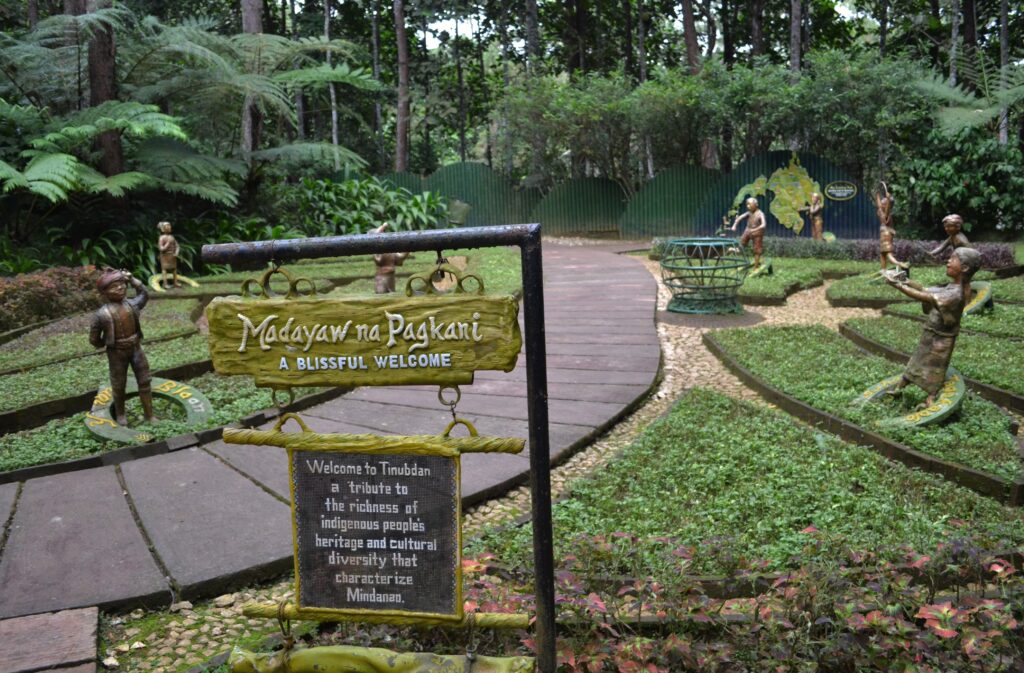
Tinubdan comes from the native word “tubod,” which means “spring” or “source of water.” According to our guide, Tinubdan is a source of wisdom. “As you enter the place, you get a glimpse of the customs, traditions, beliefs and how these groups of people live in Mindanao,” she explained.
When you enter the place, you get to see this sign: “Madayaw na Pagkani.” Simply, it means “a blissful welcome.” You are immediately captivated by the beautiful garden called “Tana-Tanaman.” “Tana” signifies land while “tanaman” means garden.
But what will catch your attention as you tour around the place is the Mindanao map. It may look like an ordinary map, but as you get closer, you get to see the spatial location of the various indigenous cultural communities in the country’s second-largest island.
There are two houses that never fail to attract the curiosity of those who come to the place. There’s the “balai kalimudan” or datu’s house. Actually, it is a traditional house (“balai”) where the “datu” (tribal chief or monarch) lives and holds office.
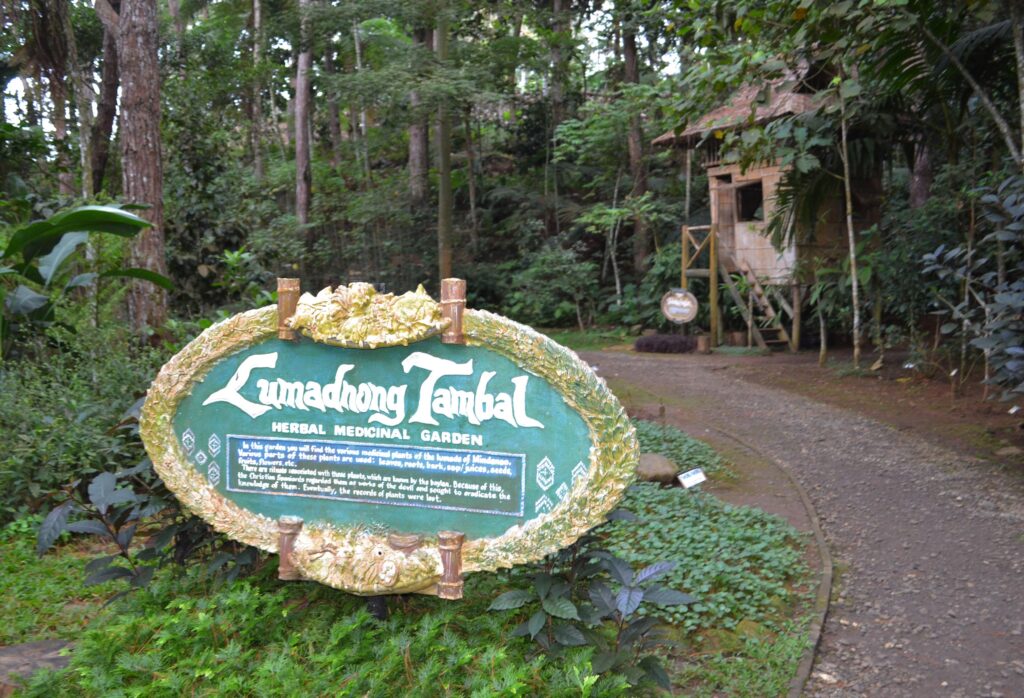
The other house is called “bebalay baylan.” This house of a “baylan” (shaman/healer) also serves as the community’s infirmary. Inside the house are the dried medicinal plants. According to our guide, the idea of buying medicine over the counter is unfamiliar to the “lumads.”
Very near the “baylan” house is the “lumadnong tambal,” or the herbal garden. Here, you find the various medicinal used by the “lumads” in treating diseases and illnesses. Of course, there are some rituals — performed by the “baylan” — associated with the plants. Because of these rituals, Christians and those living in the lowland areas consider these plants as part of the devil’s power.
Once you get to see all these, you are now ready to enter the “langub sa kaalam” or cave of wisdom. It’s dark inside, but you get to see some statues of “diwatas” (fairies). “They are guardian spirits of nature created by Manama (god) to assist him in creation,” the tarpaulin explained. “A common belief among the ‘lumad’ people is that while there are ‘diwatas’ who are benevolent towards humans, there are also malevolent ‘diwatas’ called ‘busaw’ who cause illness and misfortunes.”
You get to read more information all over the place. The Manobos, for instance, believe that the universe is divided into three regions. The first one is the sky where “Manama” lives; the second region, earth, is where people, animals, and plants dwell, while the last one, the underworld, is where the dead people are buried.
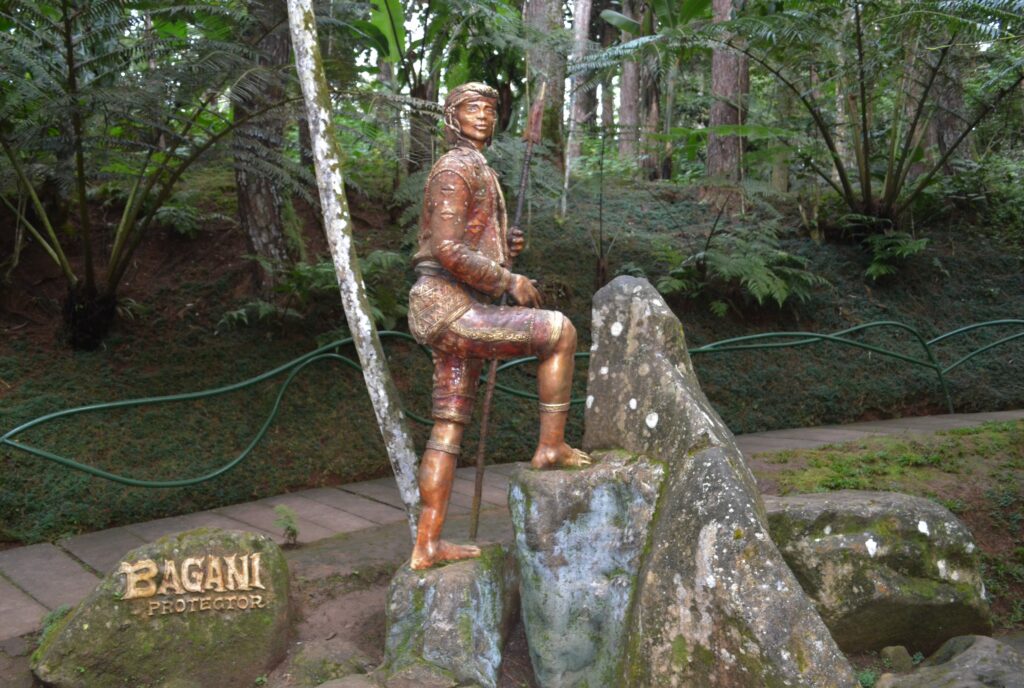
There is also the legend of who the most superior is: man or woman. Tuglibong and Tudlai were the first man and woman. According to the legend, Manama pushed two fingers into the ground making two holes. When he removed his fingers, Tuglibong and Tudlai came out from the two holes.
Tubligong and Tudlai wanted to see who among the two is more superior. Since the two could not reach an agreement, they decided to wrestle. The winner would be the superior person.
By the way, the resort was called so after the name of the barangay where it is situated. According to some people, the barangay was called in honor of a beautiful resident named Edeng. Her Japanese husband reportedly couldn’t pronounce her name correctly, so he called her Eden. Because of her beauty, the barangay was named after her.
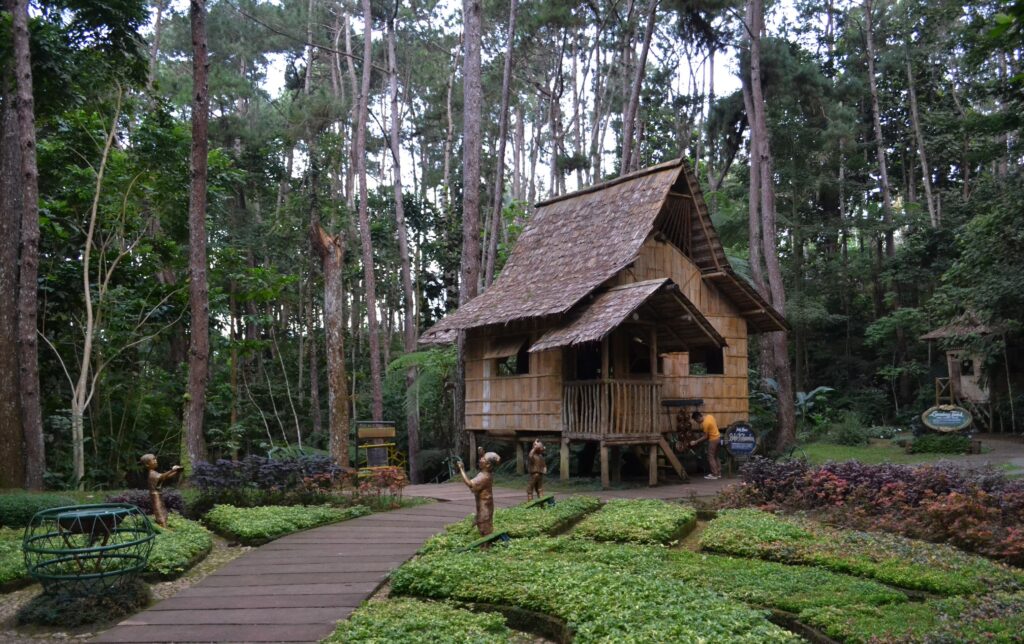
I don’t know if the origin of the name is a myth. I thought it was named after the famous Garden of Eden, as mentioned in the book Genesis.
How do you get there? From Davao City, you must travel south towards the Toril District. At the corner of Mercury drug on the main highway, make a right and just follow the signs towards barangay Eden. From there, it is a 12-kilometer uphill climb (enjoy the scenery, though) consisting of asphalted, cemented, and short stretches of dirt road. Travel time is about 45 minutes.

